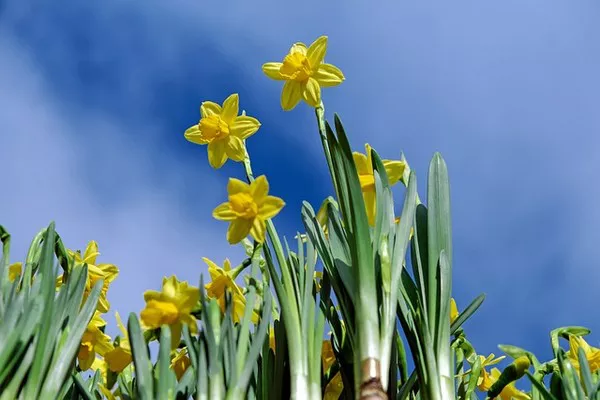In the vast tapestry of human expression, symbols play a pivotal role in communicating complex emotions and concepts. Among these symbols, flowers have held a significant place, representing a spectrum of human experiences and emotions. One of the most profound sentiments encapsulated by flowers is hope. The association between certain flowers and the concept of hope transcends cultures and epochs, rooted in the inherent beauty and resilience of these botanical marvels. This essay delves into the rich symbolism of flowers, exploring the varieties that symbolize hope and the reasons behind their enduring significance.
Understanding Symbolism in Flowers
Before delving into specific flowers that symbolize hope, it is imperative to understand the broader context of floral symbolism. Throughout history, various cultures have assigned meanings to different flowers, often based on their physical attributes, cultural significance, or mythological associations. These symbolic meanings have been passed down through generations, enriching human expression and communication.
The concept of hope, a fundamental aspect of the human experience, finds resonance in the language of flowers. Hope embodies optimism, resilience, and the belief in the possibility of positive outcomes, even in the face of adversity. Flowers, with their ephemeral beauty and cyclical nature, serve as poignant metaphors for hope, reminding us of life’s enduring vitality and the promise of renewal.
Exploring Flowers of Hope
1. The Daffodil (Narcissus spp.):
Renowned for its vibrant yellow blooms and delicate fragrance, the daffodil stands as a universal symbol of hope and renewal. Emerging in early spring, daffodils herald the end of winter’s chill, bringing with them a sense of optimism and rejuvenation. In many cultures, daffodils are associated with the arrival of spring, a season synonymous with new beginnings and growth. The daffodil’s resilience, as it blooms year after year, serves as a powerful reminder of hope’s enduring presence, even in the darkest of times.
2. The Cherry Blossom (Prunus serrulata):
Revered in Japanese culture for centuries, the cherry blossom, or sakura, symbolizes the transient beauty of life and the fleeting nature of existence. Despite its brief blooming period, which lasts only a few weeks, the cherry blossom captivates with its ethereal charm, drawing people from around the world to witness its spectacle. In the context of hope, the cherry blossom represents the idea of embracing the present moment and finding beauty amidst impermanence. It serves as a reminder to cherish each moment and to find hope in the cyclical nature of life’s seasons.
3. The Sunflower (Helianthus annuus):
With its radiant golden petals and towering stature, the sunflower exudes a sense of optimism and positivity. Named for its resemblance to the sun, this iconic flower symbolizes resilience and the pursuit of light amidst darkness. Sunflowers track the sun’s movement throughout the day, a behavior known as heliotropism, symbolizing the human quest for growth and enlightenment. In the language of flowers, the sunflower conveys messages of adoration, loyalty, and hope, making it a fitting emblem for those seeking inspiration and encouragement.
4. The Forget-Me-Not (Myosotis spp.):
Despite its diminutive size, the forget-me-not holds immense symbolic value as a token of remembrance and enduring love. Legend has it that wearing or gifting forget-me-nots ensures that loved ones will always be remembered, even in their absence. In the context of hope, the forget-me-not serves as a poignant reminder of the enduring bonds that connect us to others, offering solace and reassurance during challenging times. Its delicate blue flowers evoke feelings of tranquility and steadfastness, embodying the hope that love transcends all barriers.
5. The Iris (Iris spp.):
Named after the Greek goddess of the rainbow, the iris is renowned for its striking beauty and diverse array of colors. In the language of flowers, the iris symbolizes faith, wisdom, and hope, making it a fitting emblem for those navigating life’s uncertainties. With its sword-like leaves and intricate blooms, the iris embodies strength and resilience, overcoming adversity with grace and dignity. Whether depicted in art, literature, or mythology, the iris serves as a timeless symbol of hope, inspiring those who encounter its beauty to persevere in the face of adversity.
Conclusion
Flowers have long served as messengers of human emotion, conveying sentiments that transcend language and cultural barriers. Among the myriad emotions they represent, hope stands out as a beacon of light in times of darkness, offering solace, inspiration, and resilience. From the cheerful daffodil to the delicate cherry blossom, each flower carries its own unique symbolism, enriching our understanding of hope and its significance in our lives. As we navigate the complexities of existence, let us take solace in the enduring beauty of flowers, finding hope in their timeless message of renewal and possibility.


